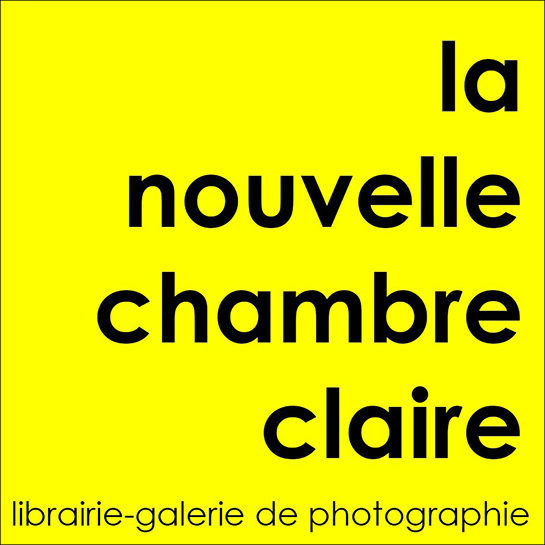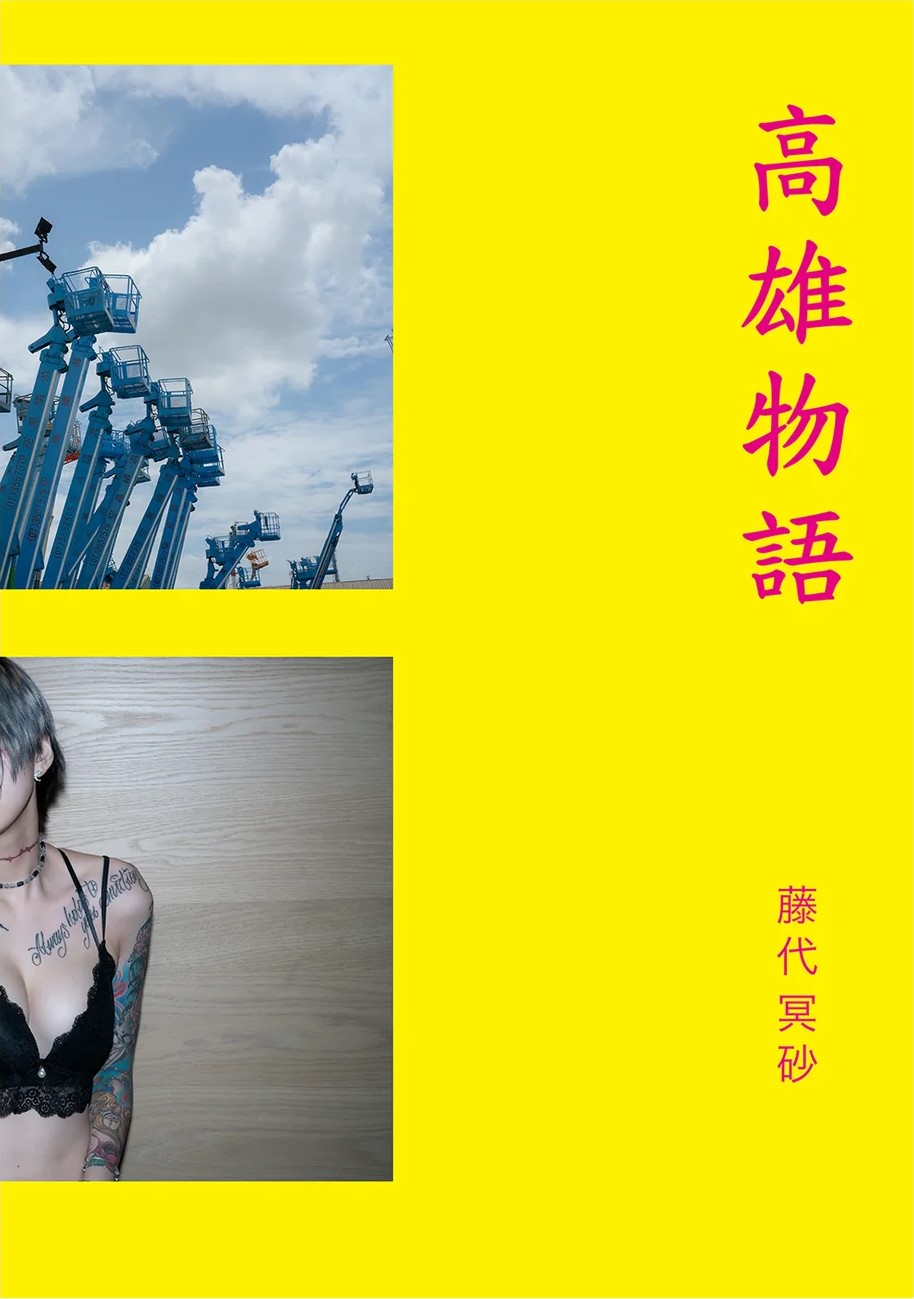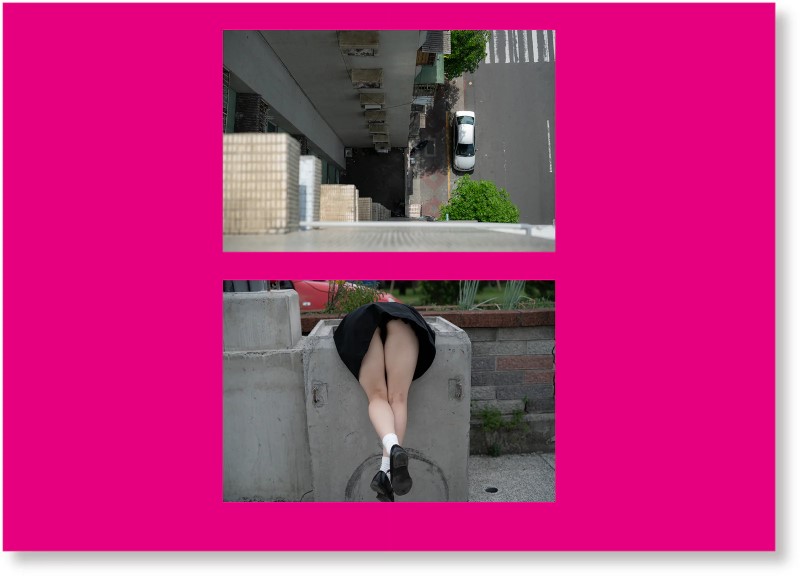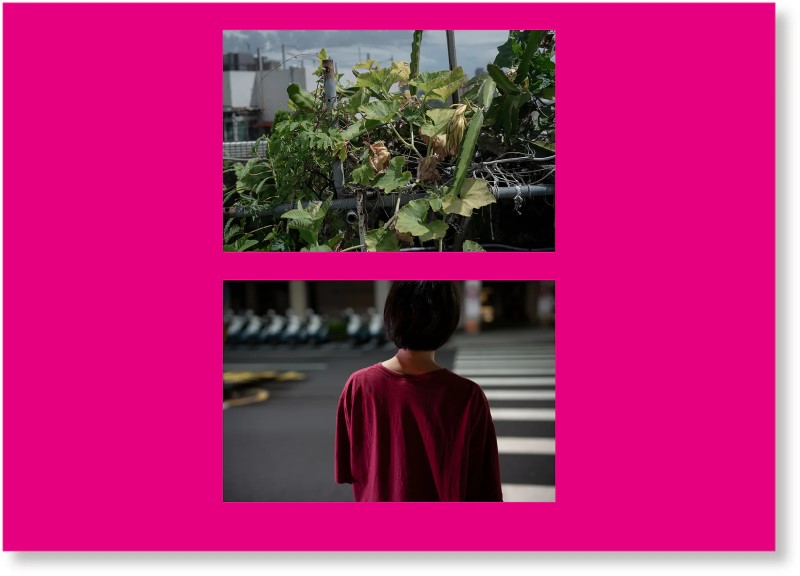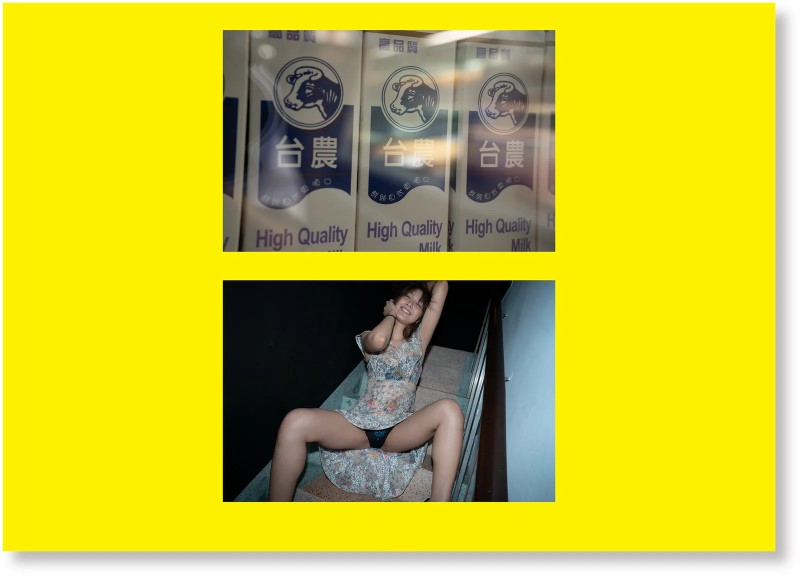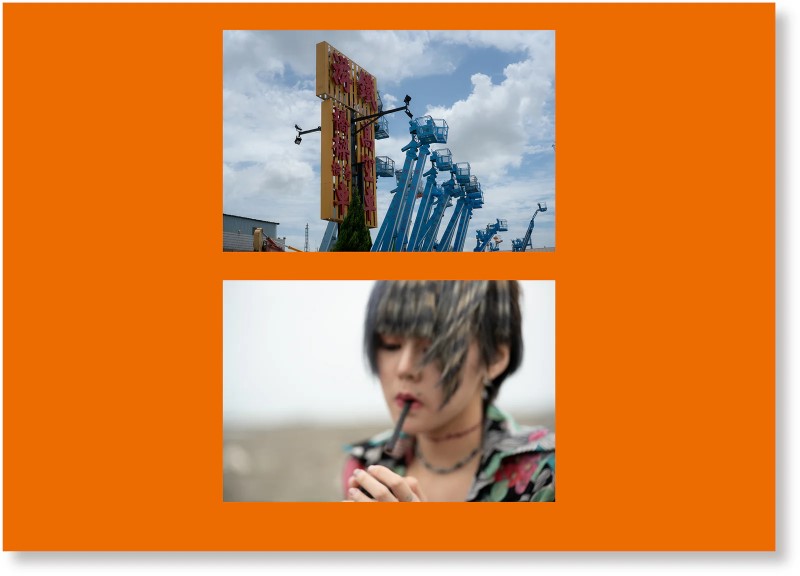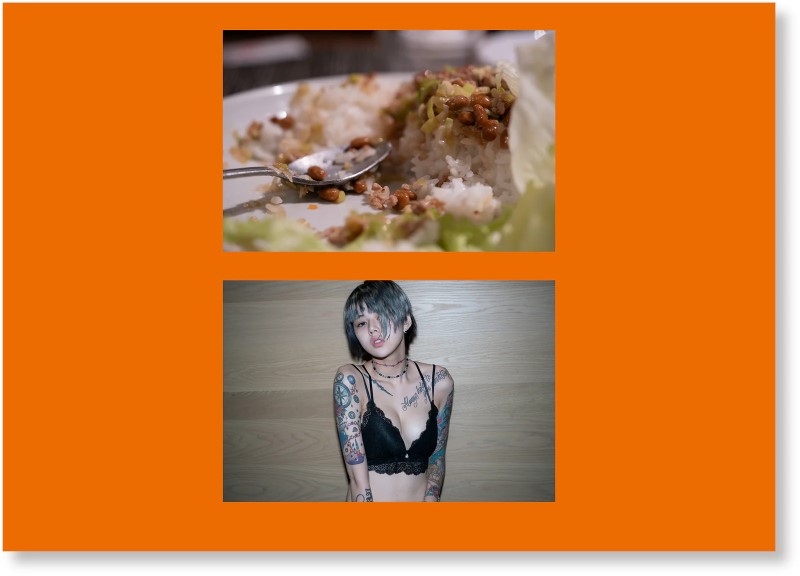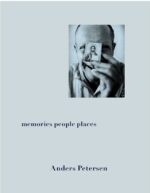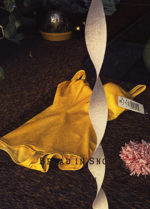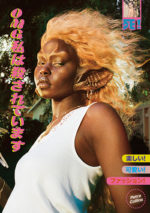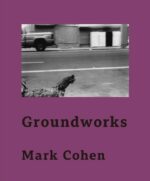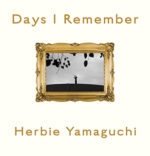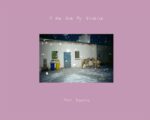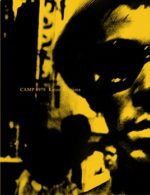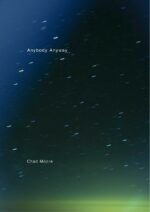Exemplaire Signé.
“Kaohsiung Stories” se compose principalement d’images prises dans la ville taïwanaise de Kaohsiung en 2014, 2016 et 2017; en 2014, les images ont été prises pendant le voyage personnel de Fujishiro. Il a rencontré Stan Ao, un propriétaire de café vivant à Kaohsiung, par le biais des réseaux sociaux, et sa visite lui a permis de photographier des femmes locales.Grâce à un arrangement avec l’homme d’affaires Ame Chen, qui a rencontré M. Ao à l’époque lors de son introduction, Le projet s’est développé en une séance photo sur invitation en 2016 et 2017. Bien que peu connu au Japon, à l’époque, Meisa Fujishiro a été reconnu comme l’une des principales figures de la scène photographique taïwanaise, comme ses photos et livres photo mettant en vedette des femmes des années 2000, qui ont traversé la frontière de la photographie japonaise à l’art, ont été très appréciés par certains amateurs de photographie taïwanais. En outre, “la nudité comme une expression” était également répandue parmi les femmes taïwanaises devant l’objectif en tant que modèles. Il est intéressant de noter que les femmes commençaient à considérer activement la “nudité” et les “poses sexuelles” comme une forme d’expression, plutôt que comme un objet de désir masculin unilatéral. Les modèles féminins qui se tenaient devant l’appareil photo de Fujishiro étaient généralement vivaces et avaient un sens aigu du but. Ils semblaient à Fujishiro être un peu différents des modèles japonais, pleins d’une simple vitalité.Fujishiro, qui est toujours prêt à tirer sur place, a tiré le tournage de Kaohsiung lors de sa première visite, y compris le lieu et les modèles. C’était aussi une réponse à la chaleur de Taiwan et de la ville de Kaohsiung. Après beaucoup de tournage, beaucoup de manger et de boire, et beaucoup de sommeil, les matériaux pour “Kaohsiung Story” ont été créés en répétant simplement ce processus. Cependant, la publication de ces documents avait été reportée sans aucune intention particulière, et nous pouvons voir une partie du caractère rugueux de Fujishiro que même le moment de leur libération est une question de destin. Après avoir sorti intentionnellement et accidentellement des livres photo dans différents genres, le dernier livre photo purement nu de Fujishiro était “les skeches de tokyo” en 2016, et “Yama to Hada”, qui juxtapose des nus avec des photos de montagne, a été publié en 2017, Il est donc le premier nu pour Fujishiro depuis longtemps.Actuellement, Fujishiro est loin de tirer des nus. Peut-être que “Takao Monogatari” marquera la fin de sa carrière de nu. Le titre “Takao Monogatari” a été inspiré par “Tokyo Monogatari” du légendaire réalisateur japonais Yasujiro Ozu. Bien qu’il n’y ait absolument aucune coïncidence entre les deux, le titre juxtaposant le nom de la ville et l’histoire a un balayage nostalgique et universel, et était nécessaire pour Fujishiro de montrer son amour pour Taiwan et Kaohsiung.Quant au contenu du livre photo, Dans son ensemble, c’est un hommage à la quantité de lumière qui est tombée sur la ville tropicale, l’attachement aux gens et aux femmes qui y vivent, et le confort d’être un étranger. En ce qui concerne le bookmaking, j’ai placé toutes les photos au centre du livre, avec des trous dans chacune d’elles, de sorte que les fils les traversent. Je ne voulais pas mettre les photos sur une estrade, mais leur donner une charge, ce qui symbolise l’inconfort qu’une photographie peut avoir quand il existe dans la société.Actuellement, Fujishiro est loin de tirer des nus. Le titre “Kaohsiung Stories” a été inspiré par “Tokyo Monogatari” du légendaire réalisateur japonais Yasujiro Ozu. Bien qu’il n’y ait absolument aucune coïncidence entre les deux, le titre juxtaposant le nom de la ville et l’histoire a un balayage nostalgique et universel, et était nécessaire pour Fujishiro de montrer son amour pour Taiwan et Kaohsiung.Quant au contenu du livre photo, Dans son ensemble, c’est un hommage à la quantité de lumière qui est tombée sur la ville tropicale, l’attachement aux gens et aux femmes qui y vivent, et le confort d’être un étranger. En ce qui concerne le bookmaking, j’ai placé toutes les photos au centre du livre, avec des trous dans chacune d’elles, de sorte que les fils les traversent. Je ne voulais pas mettre les photographies sur une estrade, mais leur donner une charge, ce qui symbolise l’inconfort qu’une photographie peut avoir quand elle existe dans la société.
Signed Copy.
“Kaohsiung Stories” consists primarily of images taken in the southern Taiwanese city of Kaohsiung in 2014, 2016, and 2017; in 2014, the images were taken during Fujishiro’s personal journey. He met Stan Ao, a café owner living in Kaohsiung, through social networking, and hishis visit to him led to photographing local women.Through an arrangement with businessman Ame Chen, who met Mr. Ao at that time through his introduction, the project expanded into an invitational photo shoot in 2016 and 2017. Although not well known in Japan, at the time, Meisa Fujishiro was recognized as one of the leading figures in Taiwan’s photography scene, as his photos and photo books featuring women from the 2000s, which crossed the border from Japanese gravure photography to art, were highly appreciated by some Taiwanese photography enthusiasts. Furthermore, “nudity as an expression” was also prevalent among Taiwanese women in front of the camera as models. It is interesting to note that women were beginning to actively view “nudity” and “sexual poses” as a form of expression, rather than as an object of one-sided male desire.While there, he photographed the works while conducting workshops and lectures. The women models standing in front of Fujishiro’s camera were generally vivacious and had a firm sense of purpose. They appeared to Fujishiro to be a little different from Japanese models, full of a simple vitality.Fujishiro, who is always ready to shoot on the spot, shot the Kaohsiung shoot on his first visit, including the location and models. This was also a response to the heat of Taiwan and the city of Kaohsiung. After much shooting, much eating and drinking, and much sleeping, the materials for “Kaohsiung Story” were created by simply repeating this process. However, the publication of these materials had been postponed without any particular intention, and we can see a part of Fujishiro’s rough character that even the timing of their release is a matter of fate. After having intentionally and accidentally released photo books in various genres, the last purely nude photo book by Fujishiro was “the skeches of tokyo” in 2016, and “Yama to Hada,” which juxtaposes nudes with mountain photos, was released in 2017, so it is the first nude one for Fujishiro in a long time.Currently, Fujishiro is away from shooting nudes. Perhaps “Takao Monogatari” will mark the end of his nude film career. The title “Takao Monogatari” was inspired by “Tokyo Monogatari” by legendary Japanese film director Yasujiro Ozu. Although there is absolutely no coincidence between the two, the title juxtaposing the name of the city and the story has a nostalgic and universal sweep, and was necessary for Fujishiro to show his love for Taiwan and Kaohsiung.As for the contents of the photo book, as a whole, it is a tribute to the amount of light that fell on the tropical city, the attachment to the people and women who live there, and the comfort of being a foreigner. As for the bookmaking, I placed all the photographs in the center of the book, with holes in all of them, so that the threads would run through them. I did not want to put the photographs on a dais, but to give them a load, which symbolizes the discomfort that a photograph can have when it exists in society.Currently, Fujishiro is away from shooting nudes. Perhaps “Kaohsiung Stories”will mark the end of his nude film career. The title “Kaohsiung Stories” was inspired by “Tokyo Monogatari” by legendary Japanese film director Yasujiro Ozu. Although there is absolutely no coincidence between the two, the title juxtaposing the name of the city and the story has a nostalgic and universal sweep, and was necessary for Fujishiro to show his love for Taiwan and Kaohsiung.As for the contents of the photo book, as a whole, it is a tribute to the amount of light that fell on the tropical city, the attachment to the people and women who live there, and the comfort of being a foreigner. As for the bookmaking, I placed all the photographs in the center of the book, with holes in all of them, so that the threads would run through them. I did not want to put the photographs on a dais, but to give them a load, which symbolizes the discomfort that a photograph can have when it exists in society.
